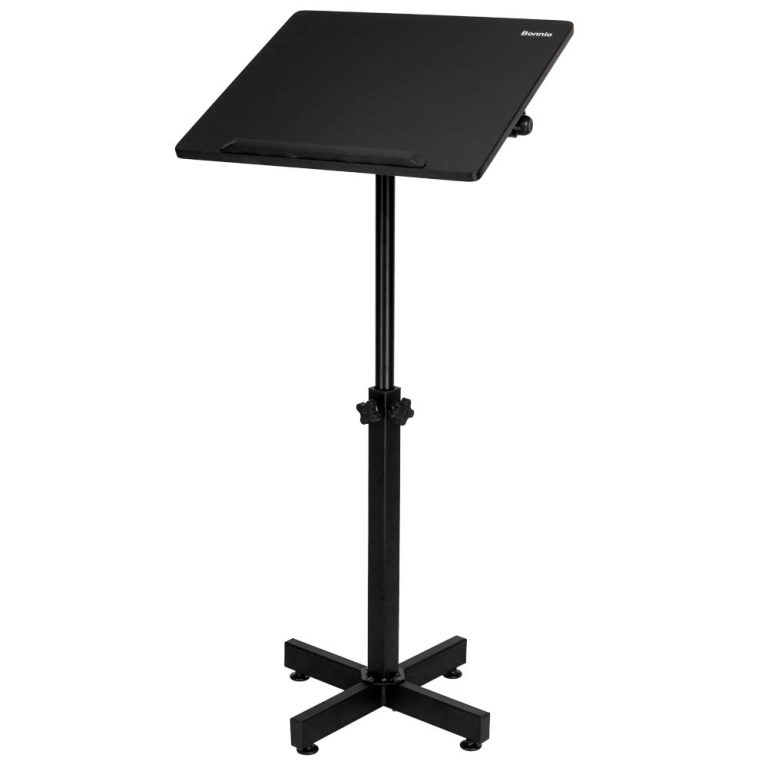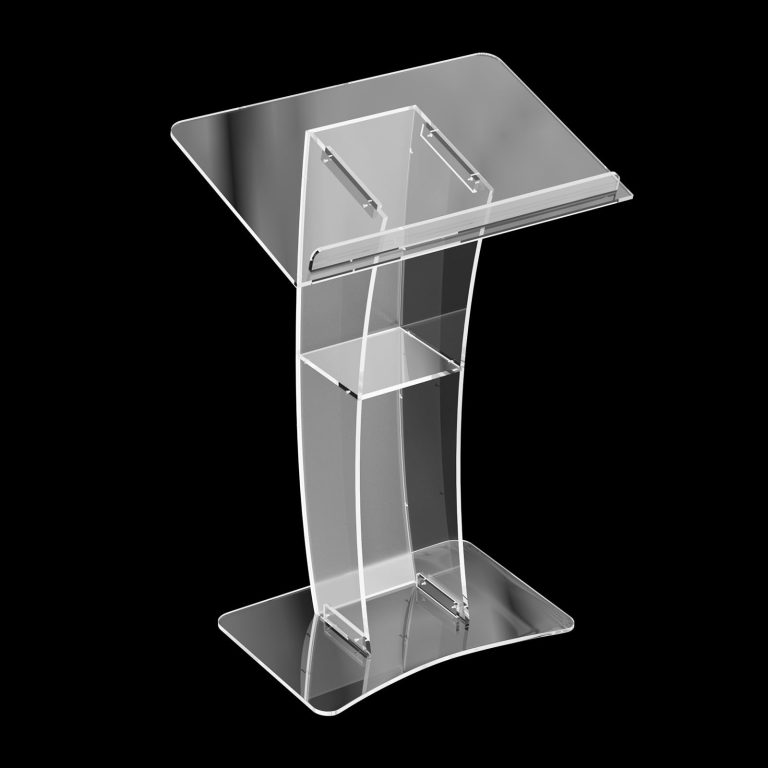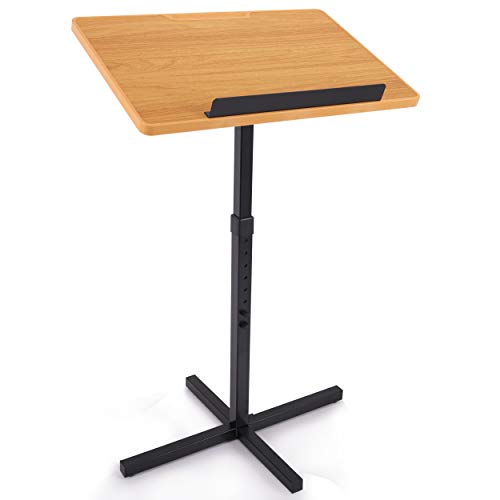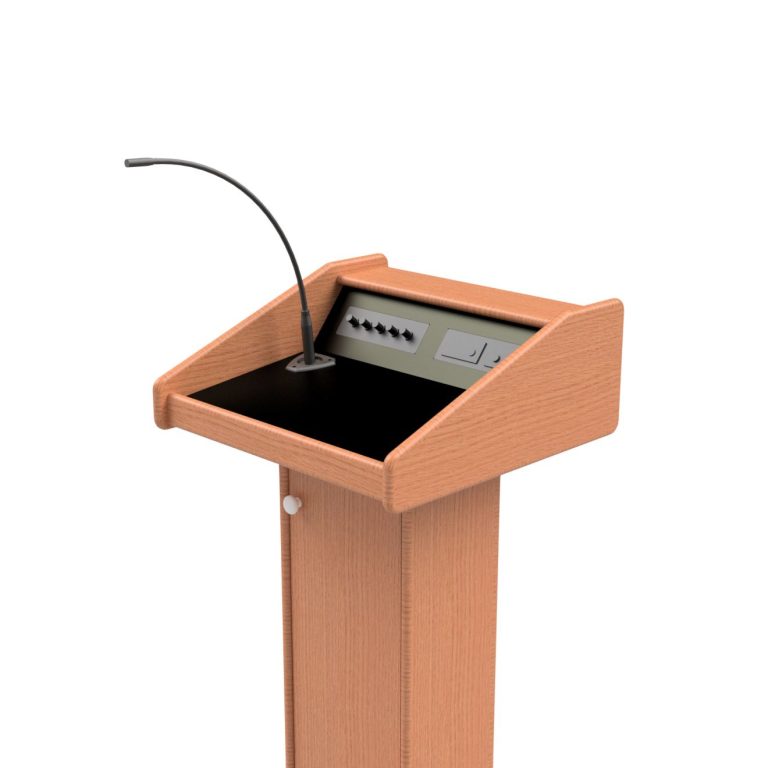Why is Stagecraft Important for Anchors
Stagecraft is important for anchors because it enhances their performance and engages the audience effectively. Stagecraft is a vital aspect of an anchor’s skillset as it plays a crucial role in bringing their words to life and captivating the audience.
By utilizing stagecraft techniques such as body language, facial expressions, vocal modulation, and stage presence, anchors can effectively communicate their message and establish a strong connection with viewers. This allows them to engage and hold the attention of the audience, ensuring that the information they deliver is not only heard but also understood and remembered.
Moreover, stagecraft helps anchors project confidence, credibility, and professionalism, enabling them to effectively convey the intended message and leave a lasting impact on the viewers.
Creating A Memorable Performance
Stagecraft is essential for anchors as it helps create a memorable performance. Through effective use of gestures, facial expressions, and body language, anchors can captivate their audience and deliver their message with impact and persuasion. By incorporating stage techniques, anchors can elevate their presence on the stage and leave a lasting impression.
Creating a Memorable Performance Understanding the role of stagecraft Stagecraft plays a vital role in the success of anchors, as it enhances their on-stage presence and captivates the audience. By understanding the role of stagecraft, anchors can elevate their performance and leave a lasting impression. Stagecraft refers to the art of using various techniques to engage the audience visually, vocally, and emotionally. Using body language effectively Body language is a powerful tool that anchors can utilize to convey their message and connect with their audience. Effective use of body language involves maintaining an open stance, using gestures to emphasize key points, and maintaining eye contact with the audience. By mastering these techniques, anchors have the ability to engage their audience on a deeper level and create a memorable performance. Mastering vocal projection Vocal projection is another crucial aspect of stagecraft that anchors must master to create a memorable performance. By using their voice effectively, anchors can convey emotions, emphasize important points, and keep the audience engaged throughout their presentation. Mastering vocal projection involves controlling the volume, tone, and pace of speech, ensuring that each word is heard and understood by the audience. Utilizing props and visual aids Incorporating props and visual aids into their presentation is a powerful way for anchors to enhance their stage presence and engage the audience visually. Whether it’s using a prop to demonstrate a concept or using visual aids such as slides or videos, these elements add depth and richness to the performance. By utilizing props and visual aids effectively, anchors can create a multi-dimensional experience for the audience, making their performance more memorable. In conclusion, stagecraft is of utmost importance for anchors when it comes to creating a memorable performance. By understanding the role of stagecraft, utilizing body language effectively, mastering vocal projection, and utilizing props and visual aids, anchors have the tools they need to captivate the audience and leave a lasting impression. With these techniques, anchors can elevate their performance and connect with their audience on a deeper level. So, embrace the power of stagecraft and make your performance truly unforgettable.
Credit: www.wsj.com
Enhancing Communication Skills
Stagecraft plays a crucial role in enhancing communication skills for anchors. It helps anchors project confidence, engage the audience with effective body language, and create a captivating presence on stage for a successful broadcast.
Stagecraft plays a crucial role in developing and enhancing an anchor’s communication skills. Being an anchor is not just about reading from a script, it’s about connecting with the audience in a meaningful and impactful way. By leveraging stagecraft techniques, anchors can engage with the audience, establish a connection, convey emotions and messages effectively, and manage their stage presence.
Engaging With The Audience
Anchors who master stagecraft have the ability to captivate their audience and keep them hooked throughout their presentation. Through effective body language, proper use of gestures, and maintaining eye contact, anchors can create a direct connection with the viewers. By engaging with the audience, they can effectively convey information while keeping them entertained and interested.
Establishing A Connection
One of the primary goals of an anchor is to establish a connection with the viewers. By using stagecraft techniques such as voice modulation, facial expressions, and appropriate tone, anchors can effectively convey their personality and emotions, making the viewers feel connected and engaged. This connection plays a crucial role in building trust and credibility, making the audience more receptive to the anchor’s messages.
Conveying Emotions And Messages
A skilled anchor understands the importance of effectively conveying emotions and messages to the audience. By utilizing stagecraft techniques such as body language, facial expressions, and vocal variations, anchors can bring life to their words, making the message more impactful and memorable. Whether it’s a news report, an interview, or a presentation, conveying emotions helps in delivering the intended message with clarity and authenticity.
Managing Stage Presence
An anchor’s stage presence is a crucial aspect of their performance. Through stagecraft, they are able to manage their presence, ensuring they command attention and create a lasting impression. Proper body positioning, confident posture, and effective use of the stage space all contribute to a strong stage presence. By mastering stagecraft techniques, anchors can effectively control their presence, creating a captivating and engaging experience for the audience.
Building Credibility And Professionalism
Stagecraft plays a vital role in the success of anchors, as it helps in building credibility and professionalism. By incorporating effective stagecraft techniques, anchors can establish themselves as reliable sources of information while engaging and captivating their audience. Let’s explore the key areas where stagecraft contributes to building credibility and professionalism for anchors.
Developing A Professional Image
Anchors need to portray themselves as professionals to gain trust and respect from their viewers. Stagecraft helps in developing a professional image by allowing anchors to present themselves confidently and proficiently. Anchors can utilize their body language, voice modulation, and facial expressions to create a professional persona. By maintaining an upright posture, maintaining eye contact, and delivering their content with clarity and conviction, anchors can establish a strong professional image.
Maintaining Confidence
Confidence is crucial for anchors to captivate their audience effectively. Through well-practiced stagecraft techniques, anchors can boost their confidence levels. This includes having a proper understanding of the content they are delivering, being well-prepared and organized, and having excellent communication skills. By consistently showcasing confidence in their delivery, anchors are more likely to be perceived as credible and professional by their viewers.
Showing Authenticity
Authenticity plays a significant role in building credibility as an anchor. Audiences appreciate anchors who can connect with them on a genuine level. Stagecraft helps anchors display their authentic selves by allowing them to convey emotions, opinions, and experiences sincerely. By incorporating personal anecdotes, expressing empathy, and showing vulnerability when appropriate, anchors can establish a deeper connection with their viewers and earn their trust and respect.
Handling Mistakes Gracefully
Mistakes are inevitable, even for the most seasoned anchors. However, it is how anchors handle these mistakes that truly demonstrates their professionalism. Stagecraft equips anchors with the necessary skills to handle mistakes gracefully. This includes acknowledging and addressing the mistake promptly, apologizing if necessary, and swiftly moving on without dwelling on the error. Anchors who can navigate through mistakes with poise and grace are more likely to be perceived as professional and trustworthy.

Credit: twitter.com
Managing Technical Aspects
When it comes to being an anchor, managing technical aspects is a crucial part of delivering an engaging and professional performance. From understanding lighting and sound to coordinating with the production crew and utilizing stage space effectively, the stagecraft skills of an anchor play a vital role in creating a seamless and captivating show. Let’s take a closer look at each aspect:
Understanding Lighting And Sound
Anchor’s understanding of lighting and sound is essential for creating the right atmosphere and amplifying the impact of their presentation. They need to be aware of how different lighting setups can enhance the visual appeal of the stage and reflect the mood of the show. Additionally, anchors should have a basic knowledge of sound systems to ensure their voice is projected clearly and the audio quality maintains the audience’s engagement.
Coordinating With Production Crew
Anchors need to foster strong communication and coordination with the production crew to facilitate a smooth and successful show. Working closely with audio technicians, lighting directors, and other crew members helps them synchronize their performance with technical elements. This ensures that cues for sound, lighting, and other effects are timed perfectly, creating a seamless and immersive experience for the viewers.
Utilizing Stage Space Effectively
Utilizing stage space effectively is vital for anchors to make the most of their presence and engage the audience visually. Anchors should understand how to move within the given space, using different areas of the stage to engage different sections of the audience. This includes utilizing props, visual aids, and set design elements effectively to enhance the overall impact of their performance.
In conclusion, managing technical aspects in stagecraft is an integral part of being an anchor. Understanding lighting and sound, coordinating with the production crew, and utilizing stage space effectively are crucial skills that allow anchors to deliver a polished and captivating performance. By mastering these technical elements, anchors can create an immersive and memorable experience for their audience.

Credit: www.milwaukeemag.com
Frequently Asked Questions On Why Is Stagecraft Important For Anchors
Why Is Stagecraft So Important?
Stagecraft is important because it enhances performances, creates atmosphere, and engages audiences. It includes lighting, sound, set design, props, and costumes, adding depth and realism to a production. With effective stagecraft, actors can fully express their characters, capturing the attention and emotions of the audience.
What Are Stagecraft Responsibilities?
Stagecraft responsibilities include overseeing the technical aspects of a production, including set construction, lighting, sound, and props. This involves working closely with the director and production team to ensure that all technical elements are executed smoothly. They are also responsible for coordinating rehearsals, managing budgets, and maintaining equipment.
Why Is Technical Theatre Important?
Technical Theatre is important because it brings performances to life with lighting, sound, sets, and costumes. It enhances audience experience and creates immersive environments. It also helps in smooth production execution, coordination, and safety during performances. Overall, technical theatre is crucial for a visually appealing and seamless production.
What Are The 5 Parts Of Stagecraft?
The 5 parts of stagecraft include set design, lighting design, sound design, costume design, and stage management.
Why Is Stagecraft Important For Anchors?
Stagecraft is important for anchors because it enhances their presence, engages the audience, and adds credibility to their performance.
Conclusion
Stagecraft plays a pivotal role in the success of anchors. It enhances their performance, captivates the audience, and effectively delivers the message. From body language to voice modulation, stagecraft techniques create a lasting impact. Anchors who master stagecraft engage viewers and build trust.
By utilizing these skills, anchors can elevate their presence and become exceptional communicators in the competitive world of broadcasting.




